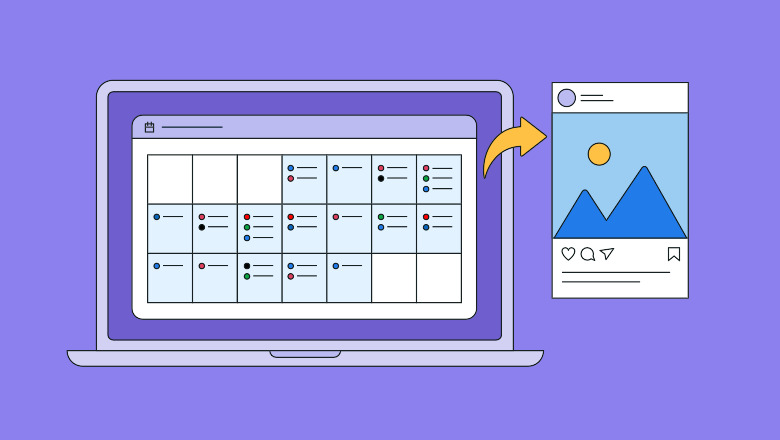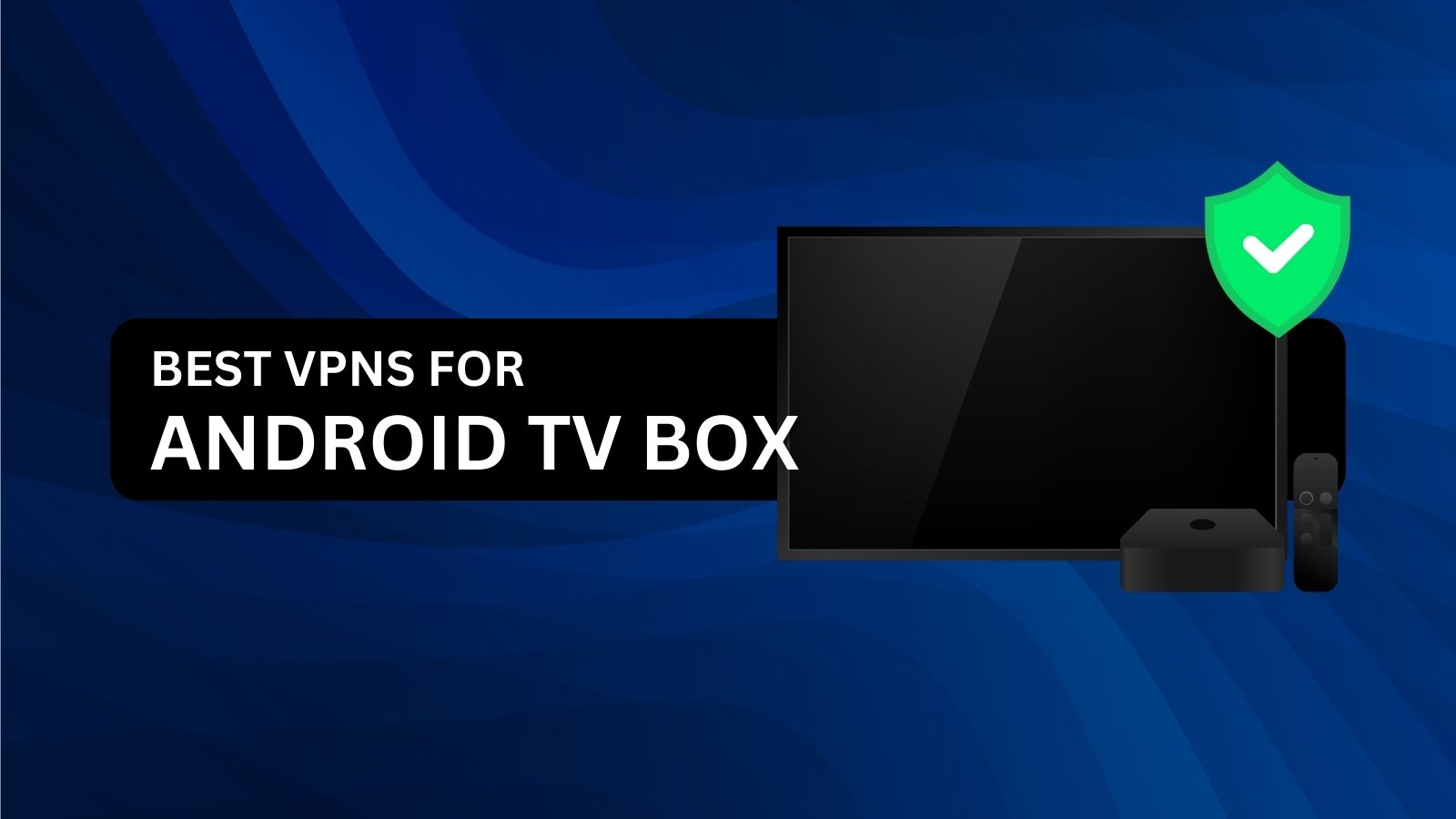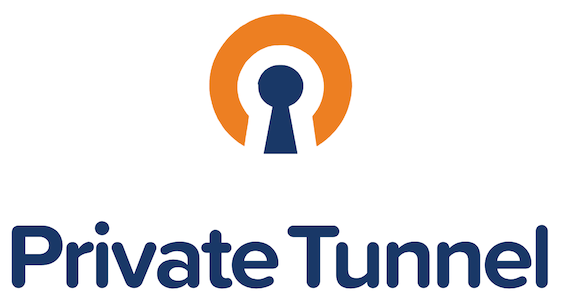What is a Content Calendar?
A content calendar is a strategic planning tool that helps you organize, schedule, and manage content production and publication. It serves as a roadmap for your content strategy, ensuring that all content efforts align with your goals and target audience.
Key Benefits of Using a Content Calendar
-
Enhanced Organization A content calendar helps you stay organized by clearly mapping out what content needs to be produced, when it will be published, and on which platforms. This eliminates confusion and streamlines the content creation process.
-
Consistency in Posting Regular and consistent posting is crucial for maintaining audience engagement. A content calendar helps you plan your posts in advance, ensuring that you maintain a steady flow of content.
-
Improved Collaboration If you’re working with a team, a content calendar serves as a central hub where everyone can see the content schedule and their responsibilities. This improves communication and collaboration among team members.
-
Strategic Planning By planning your content ahead of time, you can align your posts with key events, product launches, or seasonal trends. This ensures that your content is timely and relevant.
-
Content Variety A content calendar helps you diversify your content by planning different types of posts, such as blog articles, social media updates, and email newsletters. This variety keeps your audience engaged and interested.
How to Create an Effective Content Calendar
Creating a content calendar involves several key steps. Here’s a step-by-step guide to help you get started
1. Define Your Goals and Objectives
Before you start creating your content calendar, it’s essential to define your goals and objectives. What do you want to achieve with your content? Are you looking to increase brand awareness, drive traffic to your website, or generate leads? Clearly outlining your goals will help you create a content strategy that aligns with your overall business objectives.
2. Identify Your Target Audience
Understanding your target audience is crucial for creating relevant and engaging content. Identify who your audience is, what their interests are, and where they spend their time online. This information will guide your content creation and ensure that it resonates with your audience.
3. Choose Your Content Types
Decide on the types of content you want to include in your calendar. Common content types include
- Blog Posts In-depth articles that provide valuable information to your audience.
- Social Media Updates Short-form content designed to engage your audience on platforms like Facebook, Twitter, and Instagram.
- Email Newsletters Regular updates sent to your subscribers with the latest news, promotions, and content.
- Videos Visual content that can be shared on platforms like YouTube or social media.
- Infographics Visual representations of information that can be easily shared and understood.
4. Select Your Content Channels
Determine where your content will be published. Different channels require different types of content and formatting. Common content channels include
- Website/Blog Your primary platform for long-form content and updates.
- Social Media Platforms like Facebook, Twitter, LinkedIn, and Instagram for short-form content and engagement.
- Email For direct communication with your subscribers.
- YouTube/Vimeo For video content.
5. Create a Content Calendar Template
You can use various tools to create your content calendar, including spreadsheets, specialized software, or even a physical planner. A content calendar template typically includes
- Date When the content will be published.
- Content Title/Description A brief overview of what the content will cover.
- Content Type The type of content (e.g., blog post, social media update).
- Assigned To The person responsible for creating or managing the content.
- Status The current status of the content (e.g., in progress, completed).
6. Plan Your Content Schedule
With your template in hand, start planning your content schedule. Consider the following
- Frequency How often will you publish content? Daily, weekly, or monthly?
- Timing What time of day is best for publishing? This may vary depending on your audience and the platform.
- Deadlines Set deadlines for content creation and review to ensure everything stays on track.
7. Monitor and Adjust Your Calendar
A content calendar is not a static document; it should evolve based on performance and feedback. Regularly review your calendar to
- Analyze Performance Track how your content is performing in terms of engagement, traffic, and conversions. Use this data to make informed adjustments to your calendar.
- Make Adjustments If certain types of content are not performing well, consider adjusting your strategy. This may involve changing the content format, timing, or distribution channels.
- Incorporate New Ideas Keep an eye on industry trends and audience feedback to incorporate new content ideas into your calendar.
Tools and Resources for Managing Your Content Calendar
Several tools and resources can help you manage your content calendar more effectively. Here are a few popular options
1. Google Calendar
Google Calendar is a simple and accessible tool that allows you to schedule and manage your content. You can create multiple calendars, set reminders, and share your calendar with team members.
2. Trello
Trello is a versatile project management tool that can be used to create and manage content calendars. It uses boards, lists, and cards to organize tasks and deadlines.
3. Asana
Asana is a project management tool that helps teams coordinate and track their work. You can use it to create content calendars, assign tasks, and monitor progress.
4. CoSchedule
CoSchedule is a dedicated content calendar tool that integrates with various platforms, including WordPress and social media. It offers features like content scheduling, social media automation, and performance analytics.
5. HubSpot
HubSpot offers a content calendar tool as part of its marketing platform. It allows you to plan, schedule, and track your content efforts, along with providing analytics and reporting features.
Best Practices for Using Your Content Calendar
To get the most out of your content calendar, consider these best practices
1. Be Flexible
While it’s important to have a plan, be prepared to adapt to changes. Industry trends, audience feedback, and unforeseen events may require you to adjust your content calendar.
2. Collaborate Effectively
If you’re working with a team, ensure that everyone is on the same page. Regularly communicate updates and changes to avoid confusion and ensure a smooth content creation process.
3. Stay Consistent
Consistency is key to maintaining audience engagement. Stick to your content schedule and ensure that your content aligns with your brand’s voice and messaging.
4. Evaluate and Optimize
Regularly review your content performance and make data-driven decisions. Use insights to optimize your content strategy and improve future content planning.
5. Plan Ahead
Anticipate upcoming events, holidays, or industry trends and plan your content accordingly. This proactive approach ensures that your content is timely and relevant.

























